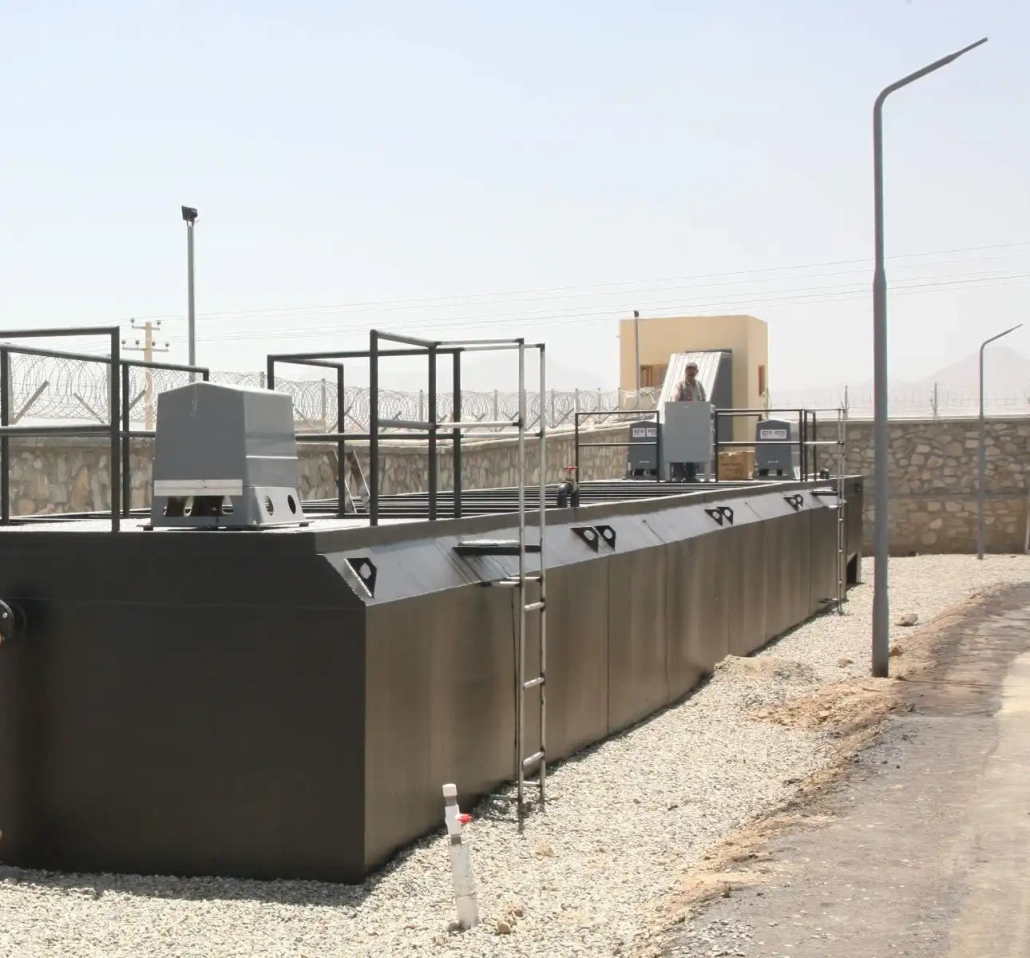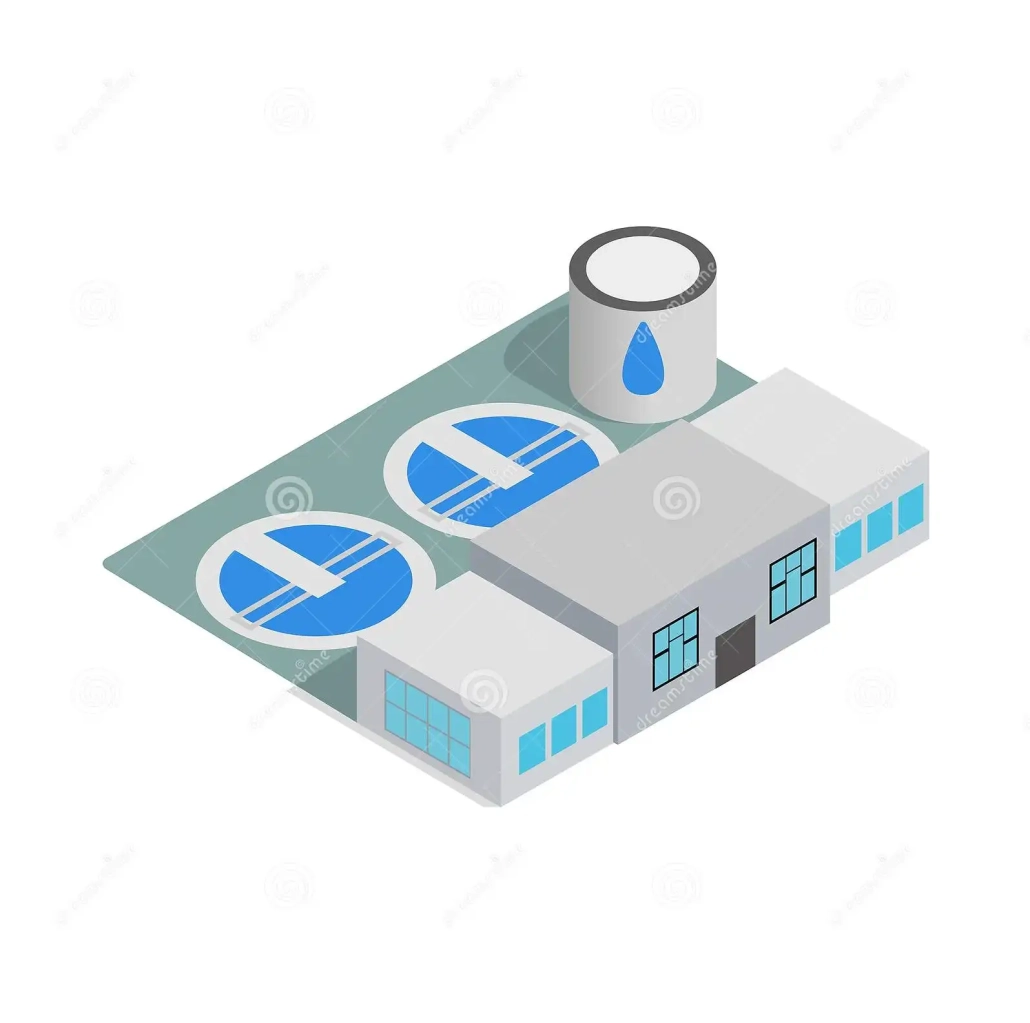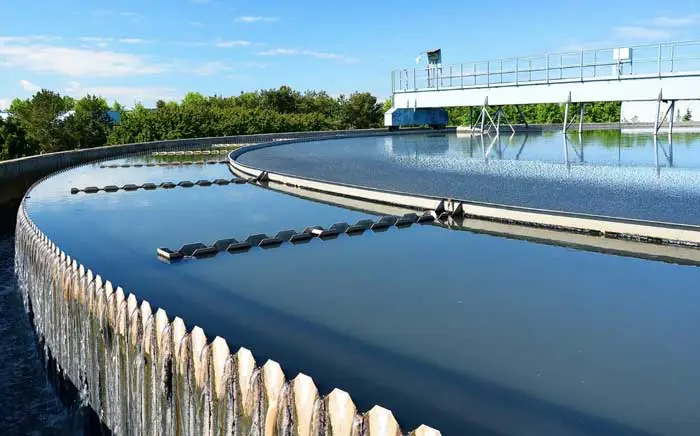
Introduction
All societies produce waste, both solid and liquid. The liquid part of these wastes is the same water that has been contaminated as a result of various uses. In terms of production sources, sewage can be considered as a combination of wastes produced by water from residential, administrative and commercial and industrial facilities and discharged to underground water and surface water.
Untreated sewage contains pathogenic microorganisms and organic substances, which decompose the organic matter of untreated sewage to produce foul-smelling gases. Also, due to its nutrients, wastewater can stimulate the growth of aquatic plants. Therefore, purification and decontamination of wastewater is one of the necessary measures that must be taken before discharging into the environment.The ultimate goal of wastewater management is to protect the environment in a way that is in harmony with the principles of public health and economic, social and political issues.








Purification processes Wastewater
Pollutants in wastewater with physical, chemical and biological methods
It is separated. Each of these methods is usually referred to as physical unit operation.
Chemical unit processes and biological processes are categorized.
Physical unit operation
Purification methods in which the use of physical forces is dominant are single operations
It is called physical.
Units such as garbage collection, granulation, mixing, coagulation, sedimentation, floating
Making, refining and transferring gas are physical units.
Garbage collection unit
Garbage collector is the first physical unit in sewage treatment plants and in fact
A device with openings generally of the same size as those available for storing coarse suspended solids
It is used in sewage.
Seeding unit
Granulation is the first unit in the treatment plant where sedimentation is done.
Granulation pond for separating grains such as sand, gravel and other solids
Heavy that the rate of settling or their specific gravity is higher than the decaying organic solids in it
It is sewage, it is used.
Flow equalization unit
Current equalization or balancing unit to overcome gain problems
Vectoring caused by fluctuations in the flow rate, improving the performance of subsequent units of the case treatment plant
is used
Preliminary clearance
In order to improve the treatability of wastewater and separate fat and foam, operations such as pre-aeration and flocculation can be used in preliminary treatment.
Chemical unit processes
Treatment methods in which the separation or transformation of pollutants are done by adding chemicals or as a result of chemical reactions are called chemical unit processes.
Chemical precipitation, surface absorption and disinfection are the most common treatment processes in wastewater treatment plants.
Biological treatment of wastewater
The purification methods in which the separation of pollutants is done through biological activity are called biological unit processes.
Biological treatment is the most effective method to reduce organic matter in water and wastewater. Common wastewater processes are divided into three main groups based on the type of active microorganisms:
Aerobic processes
Anaerobic processes
Combined biological processes (aerobic, anaerobic, anoxic) which are advanced wastewater processes in removing nitrogen and phosphorus.
Depending on whether the biological treatment is carried out in suspended growth systems, adherent growth or a combination of them, each of the processes can be divided into other types.
Aerobic biological treatment of wastewater
In aerobic biological treatment, wastewater is removed by aerobic microorganisms in the presence of oxygen and wastewater treatment.
Biological purification by aerobic method has different types depending on the type of growth environment and purification method. Below we briefly explain some of the biological methods of wastewater.
Activated sludge process
Activated sludge is a suspended growth microbial culture system.
The reason for naming this method is due to the presence of live and active microorganisms settled in the sludge, which return to the system to increase the living mass and improve the purification process.
Extensively Aerated Activated Sludge (EASS)
The extended aeration process is a type of activated sludge in which the aeration time is longer and the organic loading is lower.
In this method, due to the long aeration, the amount of produced sludge is less and this process is used for small communities.
Fixed Growth Activated Sludge (IFAS)
In this tank, by using PVC packings, a suitable environment is created for the sticky growth of bacteria, and the aerobic conditions are also done by the deep aeration of the diffusers located at the bottom of the tank.
Compared to the old and conventional systems, this system requires very little space, and in these reactors, no complex mechanical and electromechanical devices are used.
Activated Sludge with Moving Bed Growth (MMBR)
Wastewater treatment using MMBR method is a kind of activated sludge, in this method, mobile media packing is used to increase the contact surface and growth level of microorganisms, which is suspended inside the tank.



